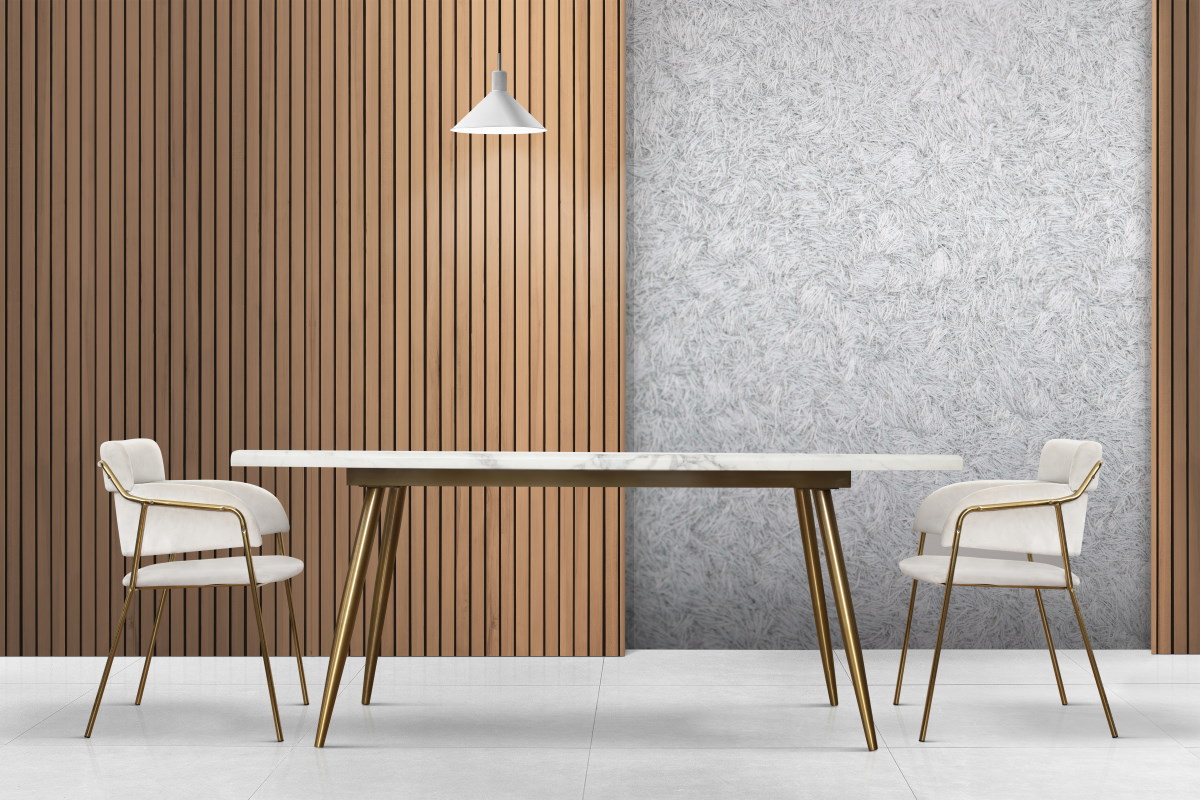Japandi style in the interior!
In modern interior design, it has long been common to combine different design styles. Sometimes such combinations can be so successful that they give rise to new interior styles that become popular and better reveal the potential of a design solution.

One of these is "Japandi". This style has been gaining popularity since 2021 and, according to some designers, will be trendy in 2024.
We tell you what the features of the Japandi interior style are, what its main features are, and also give tips that will help you implement this design in your home.
1. What is Japandi style
Japandi is a symbiosis of Scandinavian and modern Japanese interior design styles.
If we consider Scandinavian and Japanese design styles separately, they both refer to national traditions and are based on the principles of minimalism, with an emphasis on comfort, natural materials and color shades.
2. What are the main features of the Japandi style
- Functionality

It assumes that your home should be practical - you should be surrounded only by what you use, nothing should clutter the space.
- Soft lines and shapes
The Japandi style does not tolerate sharp contrasts and flashy, attention-grabbing details. The room should be succinctly planned and decorated so that the eye can easily move from one plane to another.
- Natural materials
Japandi well combined the Scandinavian love for natural wood and the culture of using bamboo and clay, popular in Japanese interiors. In addition to these materials, you can use everything that is made by hand, natural fibers, pottery, textiles.
- Warm colors
Light yellow colors, sand, soft sepia tones, rose gold are the palette usually used for the Japandi style. Pure white or cream shades are also appropriate. This style owes its color scheme primarily to Japanese culture.
3. How to style your home
 Choose neutral, basic colors and shades
Choose neutral, basic colors and shades
"For example, the color of natural wood, stone and ceramics. Japandi interiors are distinguished by laconic monochrome decoration of walls, floors and ceilings. However, to make the space look voluminous and organic, a slight contrast is important. For example, light walls and floors in combination with dark furniture and decor. Black, brown, warm white or dark gray are suitable for accenting".
- Maintain natural light as much as possible
"To do this, don’t choose luxurious curtains, leave the windows open or choose simple Japanese blinds".
- Furniture should be discreet and functional
"Choose low models in neutral colors, preferably rattan or wood. It is better not to take bulky upholstered furniture, such as sofas or armchairs in dark colors and rough textures. The main rule is to combine functionality with simple, laconic lines".
 All interior elements must be natural
All interior elements must be natural
"This is especially true when it comes to the choice of materials – natural materials have a special look and feel. Warm wood, light-colored natural stone and accent pieces made of ceramic or clay go very well together".
- Do not overload the space with decor
"The decorative component is important, but it should not prevail over functionality. Therefore, use decor in moderation. For example, choose a minimalist panel or one, but unobtrusive picture on the wall".
 +38 050 355 22 70
+38 050 355 22 70


